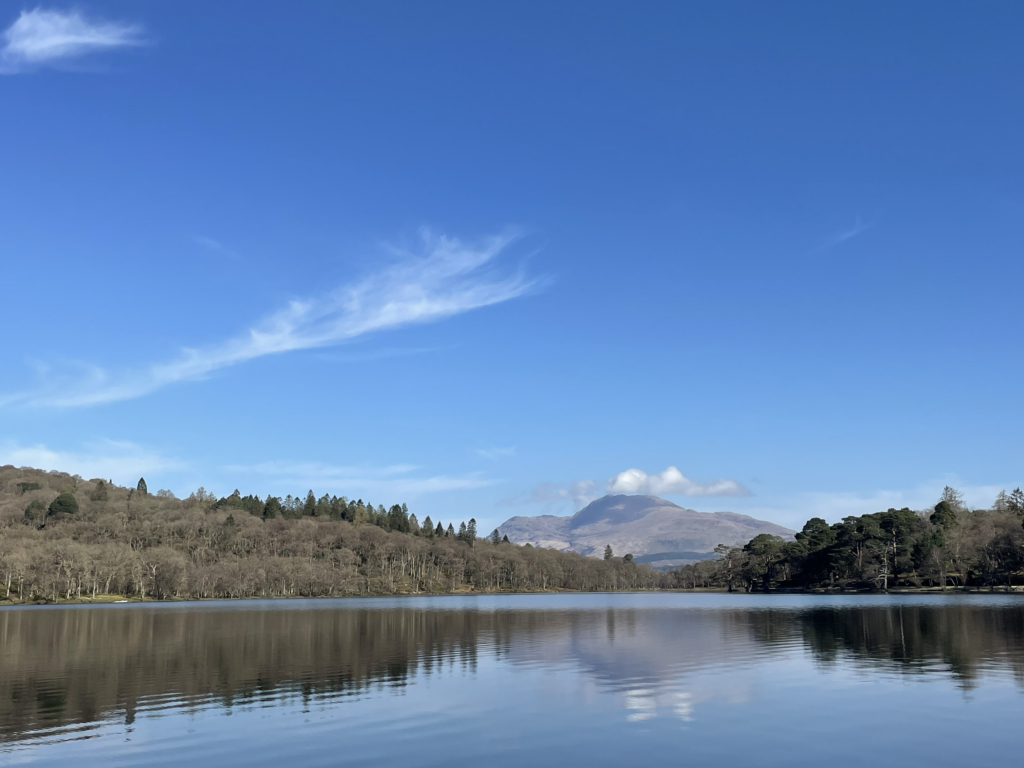Clearing the Loch Lomond islands
This year we’ve been working with our partners at the Loch Lomond and The Trossachs National Park Authority to remove invasive grey squirrels from some of the islands in the loch. We recently spoke to Scottish Wildlife Trust on their podcast ‘Words of the Wild’ all about this unique piece of work, and why we’re so excited about. Listen to the episode here (episode three), and keep reading for a behind the scenes look at how we work along the bonnie, bonnie banks.
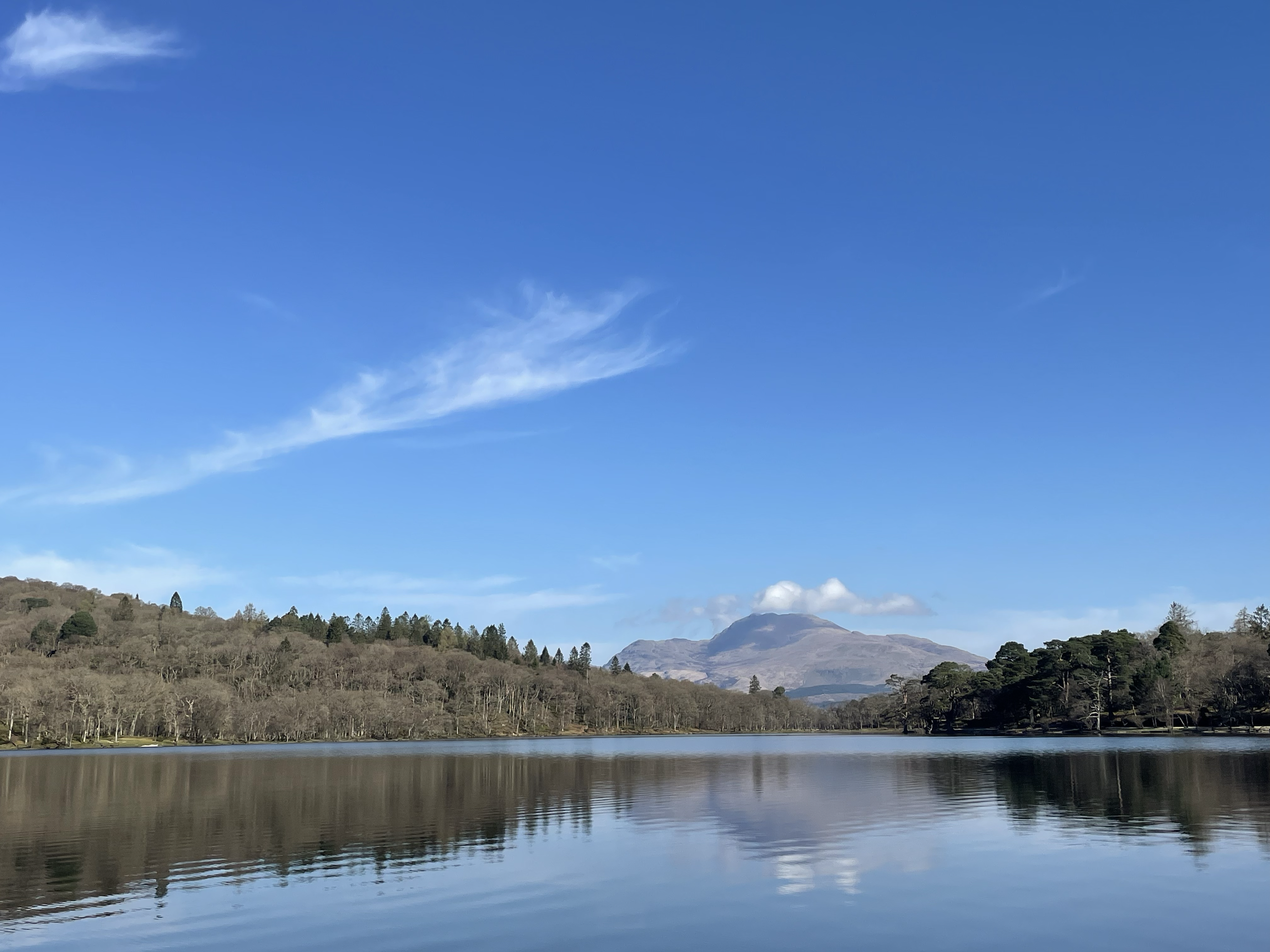
Background – how did grey squirrels get to the islands?
Did you know that squirrels can swim? Although it’s not one of their regular hobbies, both red and grey squirrels can swim over short distances. We suspect this is how grey squirrels first arrived on the islands in Loch Lomond, which would have naturally been populated by red squirrels. The earliest record we can find of grey squirrels on these islands dates back to 1992 on Inchcruin. It’s hard to estimate how long these populations have been there, but we are hoping that DNA comparison with surrounding grey squirrel populations can help us understand their movements.
As we’ve seen from studies, once grey squirrels arrive in an area they can completely outcompete and replace reds within 20 years. Sadly, this was the case when we started work with the National Park Authority, and there was no sign of any red squirrels left on the islands. Thanks to conservation work carried out by SSRS, as well as landowners and members of the public, red squirrels have been making a comeback and repopulating the shores of Loch Lomond. This means the islands pose a threat of being a source of grey squirrels spreading to the mainland and putting the reds at risk.
However, we’re confident that if we can remove all the grey squirrels from the islands, they will once again become safe havens for any adventures red squirrels who fancy a swim!
What’s involved
There are around 22 islands in Loch Lomond, we’ve been working across four of them. As you’d expect, one of the main challenges with working on the islands is getting to and from them with all our equipment. We’re very grateful to the National Park Authority for allowing us to use their patrol boat, and to the rangers who have joined us for days on the island to help with monitoring. Loch Lomond Leisure were also a huge help in helping us get the equipment out to the islands.
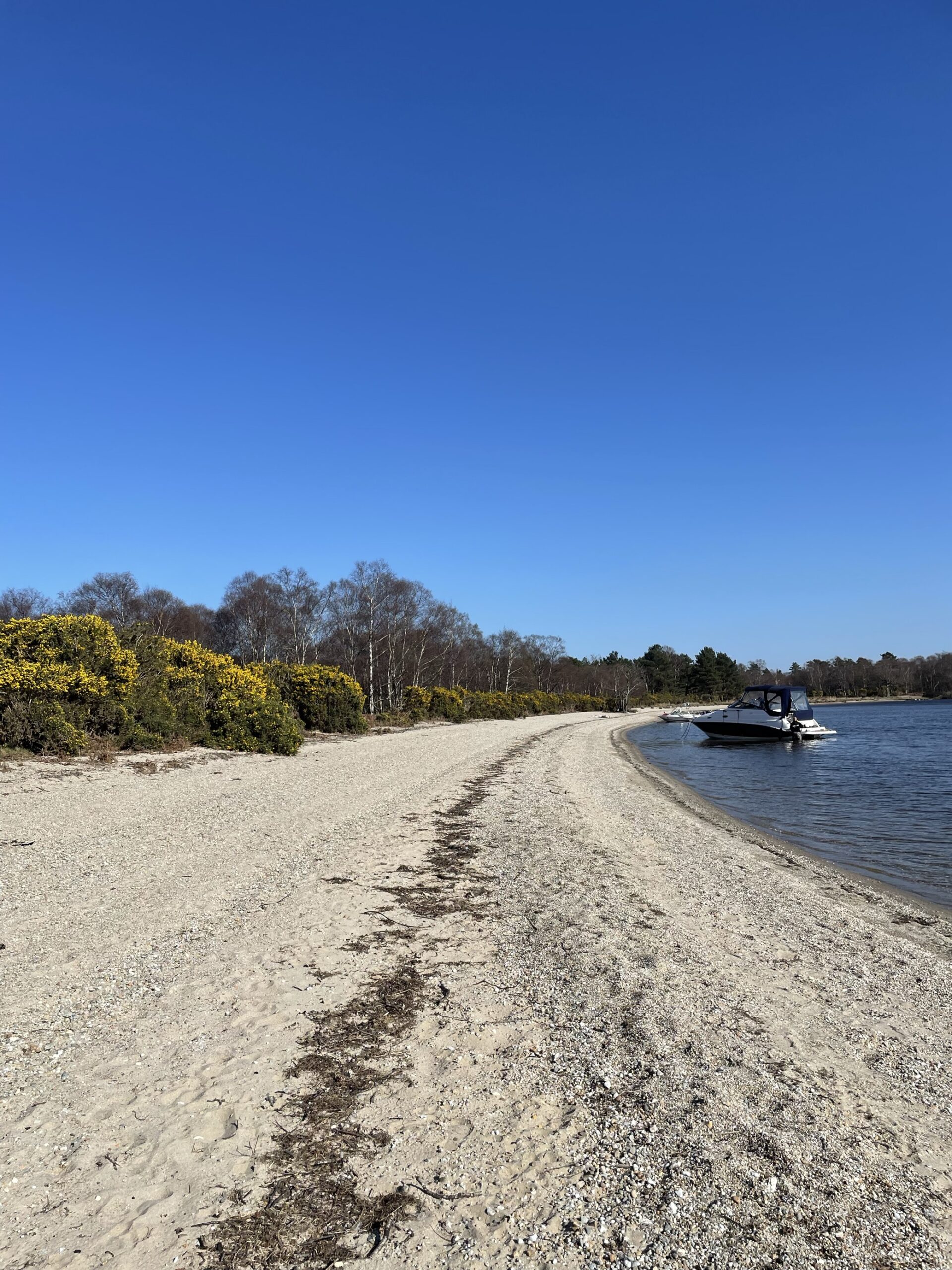
Elsewhere in Scotland, we use public sighting of squirrels to track where and when reds and greys are being seen. As the islands have fewer visitors and residents than the mainland, we don’t have that level of data. Instead, we use our monitoring feeder boxes which collect hair samples from any mammal entering the box to detect squirrel presence. Our expert team then place live traps in the areas where we know greys are likely to enter, and check them twice a day or set up remote cameras to monitor the traps. So far, we have removed 177 grey squirrels from the islands, but ongoing work is needed as grey squirrels can breed all year round.
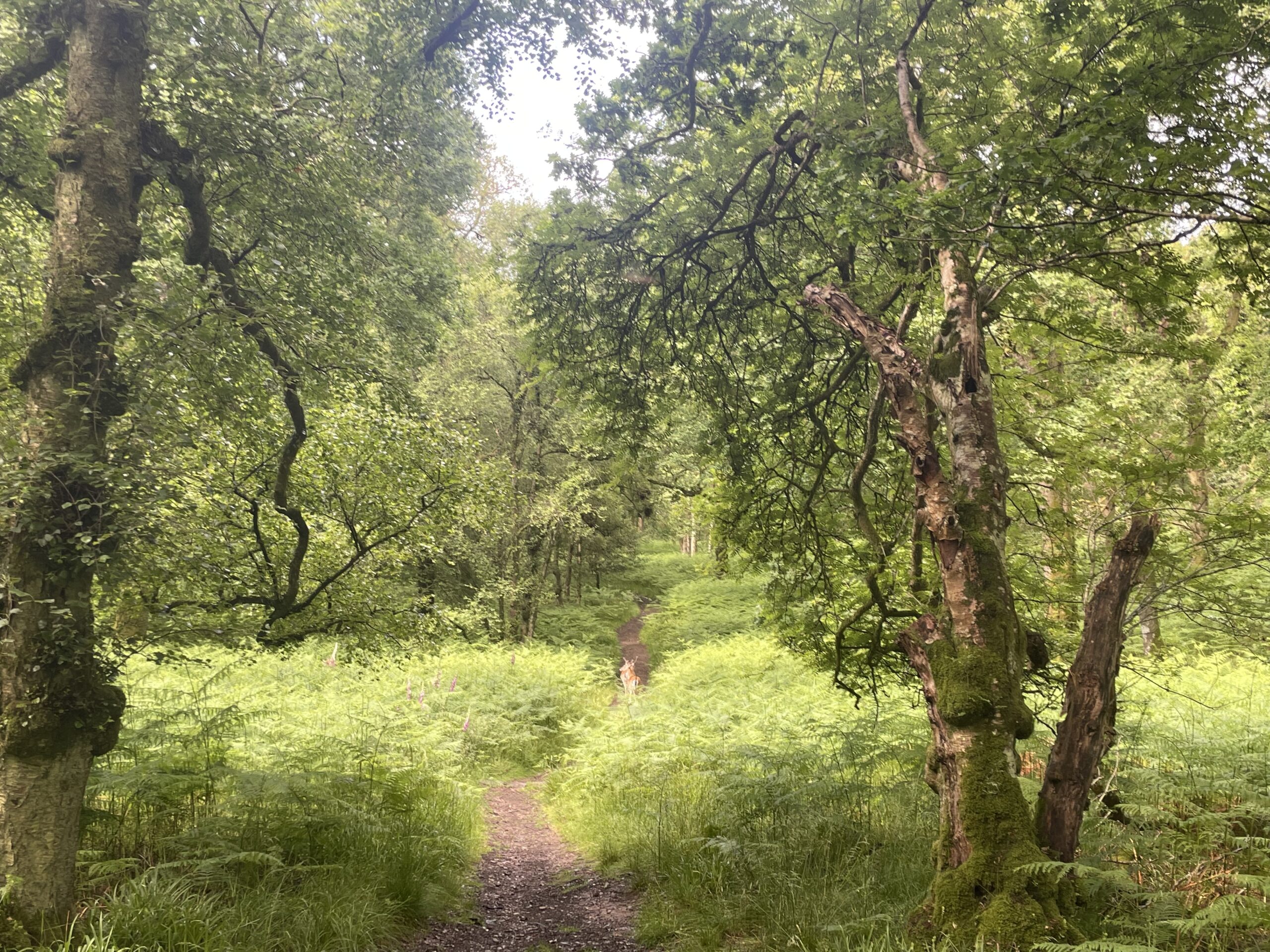
The islands are mostly wild, and terrain can be hard underfoot as a lot of our work has been off the main paths, but they are beautiful places to visit especially in spring. We were very lucky with the weather during the months we were out on the islands.
The future
To know when we’ve been successful in removing all grey squirrels from the Loch Lomond islands, we’ll need to continue monitoring using feeder boxes and camera traps. At this stage, we’re not planning on reintroducing red squirrels, as we’re confident they will naturally make it to the islands on their own. But we will keep monitoring the islands and the banks, and encouraging visitors to the National Park to keep their eyes peeled for squirrels and report any sightings to our website.
Through monitoring work around the banks, we know there are healthy populations of red squirrels in the area, and also a number of pine martens. Pine martens will occasionally predate red squirrels, but they have evolved together in our ecosystems and have a natural balance. Studies have shown that pine martens predate more on grey squirrels, and could be a factor in reducing grey squirrel populations and allowing red squirrel populations to recover.
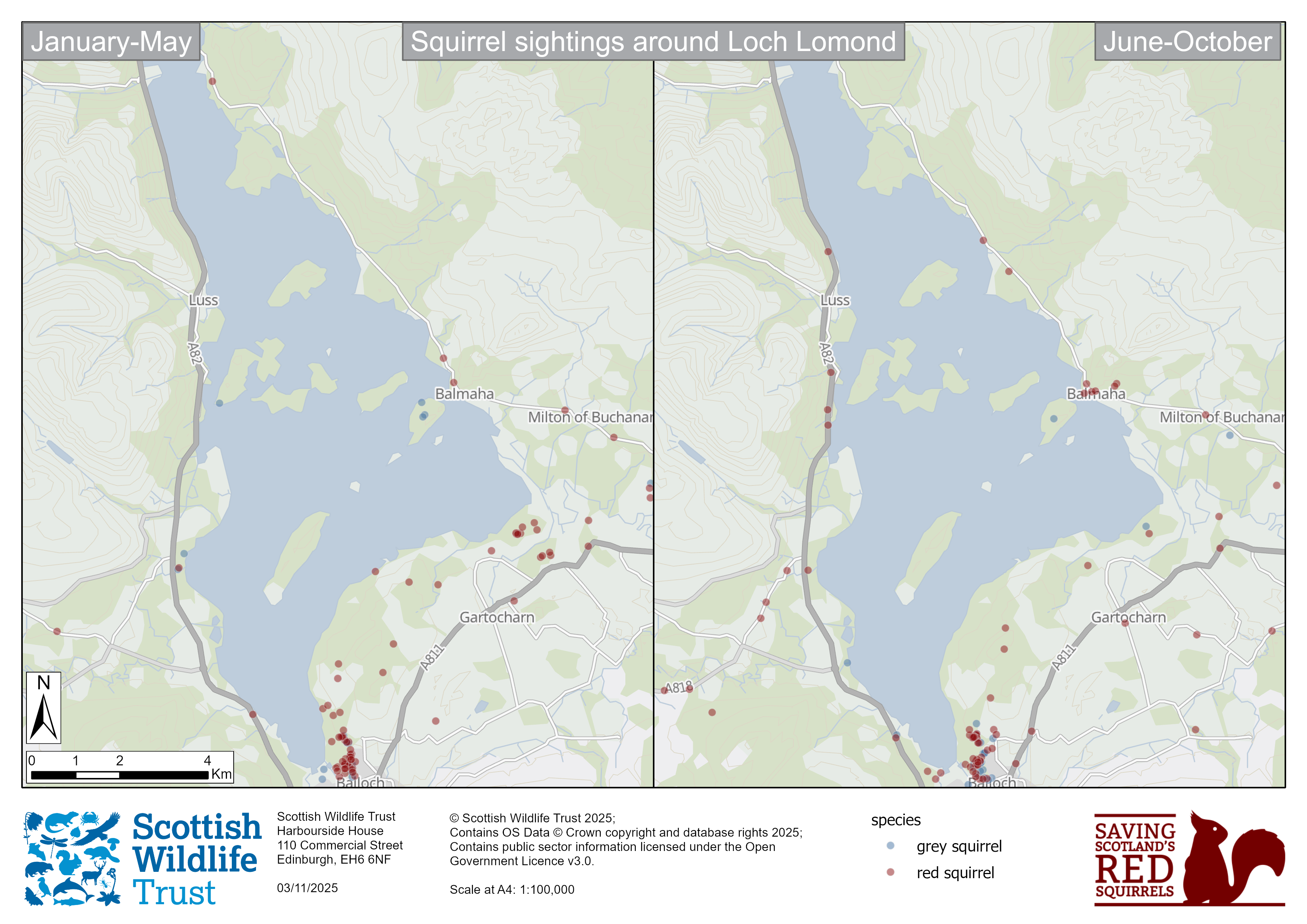
Maps showing red and grey squirrel sightings from around Loch Lomond from January – May and June – October this year. Our work on the islands took place between May – June.
Our monitoring and control work in the National Park, and all the way along the Highland Line is important for red squirrel populations nationally, preventing the spread of grey squirrels further north into the red squirrel stronghold of the Highlands, and preventing any incursions of greys into Aberdeenshire where another SSRS team is working to eradicate a different sort of “island” populations. Read more about the work in the North East here.
If you want to visit the islands for yourself, find out more information on the Loch Lomond and the Trossachs National Park Authority website.

